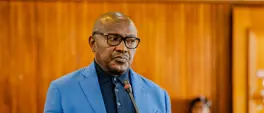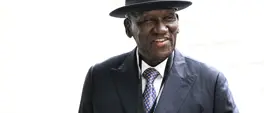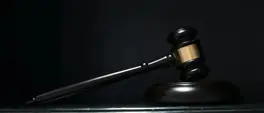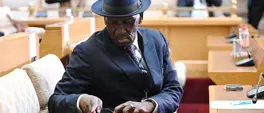Photo manipulation: how far is too far?
Chante Hohip
26 March 2024 | 10:53Editing photos is common in today’s society, but where do we draw the line in journalism?
Lester Kiewit discusses the boundaries when editing photos with experienced agency photographer, Nic Bothma.
Listen below.
Photo manipulation has come under the spotlight recently, following the controversy surrounding Kate Middleton and Kensington Palace over an edited family photo.
The image of Kate and her children was withdrawn by several big photo agencies, after it was discovered to have been digitally manipulated.
RELATED: Bad photoshop job turns into PR nightmare for the Royals
We've essentially gone from photographs being irrefutable proof to everything needed to be proven, says Bothma.
“Up until this point in history, within journalism, a photographer was the bastion of truth… With the prevalence of AI and power of computing, it is very easy to change a picture… It is incumbent upon the media house or photographer to prove that photograph.”
- Nic Bothma, photographer
In journalism, images are edited only to enhance the image by adjusting brightness, contrast, or saturation. But introducing or removing elements crosses an ethical line in journalism, Bothma said.
“People are always going to edit photos, but I think a line has to be drawn in journalism when we report on the truth. A journalist is attempting to portray the truth as best as they can, all while trying to be impartial and subjective, which in itself is difficult.”
- Nic Bothma, photographer
Scroll up to the audio player to listen to the interview
Get the whole picture 💡
Take a look at the topic timeline for all related articles.
















